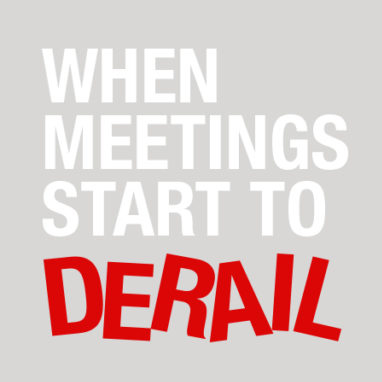
10 May When Meetings Start to Derail

However well intended or designed, public meetings do not always go as planned. The challenges can be logistical, technological or simply “bad luck,” such as poor attendance due to a competing meeting in the community you could not have anticipated. Perhaps the most terrifying disruptions to the meeting you planned, however, come from the participants themselves. I am talking about when some portion of the participants vocally and aggressively want to change the format and/or subject of the meeting itself.
To be clear, it is not always a bad thing. If the format can be modified or a subject added “on the fly” in such a way that a better dialogue occurs that meets both the meeting sponsor’s objectives and those of the participants, then adaptation can be a win-win! Most of the time, though, such changes on the fly are problematic for a variety of reasons. For example, you may not have the right experts present, the venue can’t accommodate a different format or the requested change would meet some participants’ needs but interfere with others.
What we developed is a diagnostic tool and a range of options to implement in response to disruptions, depending on what your diagnosis tells you. The diagnosis consists of asking and trying to assess as rapidly as you can the answers to the following questions:
- What is the motivation for the disruption?
- Is it the disruption spontaneous or orchestrated?
- Is the objective to redirect the format and/or content of the meeting or to prevent the meeting from happening at all?
- Is the disruption coming from people who are representative of the audience or a vocal minority?
- What were your objectives for the meeting in the first place?
- Do you have more to gain or lose by continuing the meeting (or ending it)?
The answers to each one of these questions provide valuable information on what option or options are most likely to succeed. The reason we emphasize the need to make the assessment quickly is that a disruption typically occurs early and aggressively at the beginning of a meeting. With the potential for the disruption to not just redirect, but derail, the meeting, implementing an effective intervention usually has to occur within a few precious minutes, or the meeting can effectively come to a halt by impasse. While the more answers to the diagnostic questions you have the better, you will rarely have complete information. Depending on the dynamics of the situation, you will probably have to decide within minutes which approach you will attempt.
The four options for responding to a disruption (remember, it’s not necessarily a bad thing) boil down to:
- Stay the Course
- Adapt
- Give In
- Withdraw
In the space of this article we can’t cover how to implement each of these options, but we can give you a flavor of how they would unfold.
Stay the Course
The idea here is that you may have some very compelling reasons why the requested change in format or subject matter cannot be accommodated at that time, for example, due to the absence of relevant personnel, materials or equipment (e.g., a sound system). In those cases, if the participants who seek to redirect the meeting find those reasons compelling AND you can suggest a different time and manner in which their desired discussion can be accomplished, you are more likely to be allowed to proceed with the meeting as designed.
Adapt
In the best of all worlds, by understanding what the disrupting participants want to accomplish, you can find a way to meet all of your objectives and theirs too, while protecting the integrity of the meeting’s purpose that most attendees came in anticipation of. Remember, we want to meet all participants’ expectations if we can, not simply sacrifice one group’s needs for another’s.
Give In
Undoubtedly, “giving in” has a negative ring to it. However, there are times when the subjects that are important to the participants who showed up are more timely and urgent than the ones you intended to discuss. There is nothing to be gained by insisting people stick to topics they have no interest in discussing at that moment. Particularly if one of your main objectives is to demonstrate that you showed up not just to talk at them, but to sincerely listen to their concerns, you may be able to salvage more trust and credibility by empathetically listening to them than trying to avoid the subjects they care the most about.
Withdraw
This is usually the option of last resort. Depending on the tenseness of the situation, you may conclude that staying engaged with a group that has an agenda that is antithetical to yours serves no purpose other than to inflame passion. We have even experienced rare (thankfully) circumstances where the personal safety of the meeting sponsor and staff comes into question. In those cases, a graceful and prompt exit may be the most prudent course.
When a disruption occurs, it’s important to have a designated person in charge of interacting with the disruptive participants to ascertain their objectives and negotiate a path forward. Ideally there would be someone acting in a facilitator role who is comfortable in a high pressure situation and who can engage effectively without overreacting. It’s also helpful if this person is entrusted with either making the decision about which option to choose or knows precisely who he or she may need to confer with (quickly) about the less desirable options of withdrawal or giving in. There is usually not an abundance of time to choose one course of action or another before control of the meeting is effectively lost, so empowering one individual to make the decision is key.
In the end, the overriding objective is to account for the needs of three different groups:
- The organization who sponsored the meeting in the first place;
- The disruptive participants; and
- The other participants who came expecting the meeting to be conducted as advertised.
With some creativity and quick thinking, a potential meeting failure can often be averted by flexibly adapting to the circumstances, but only if we can ascertain what is really driving the disruption in the first place.
This article is adapted from a 2018 American Planning Association-California conference session, “When Meetings Go Awry,” presented by Natalia Hentschel, Senior Account Supervisor at K&A and Lewis Michaelson, President of Participation By Design.
